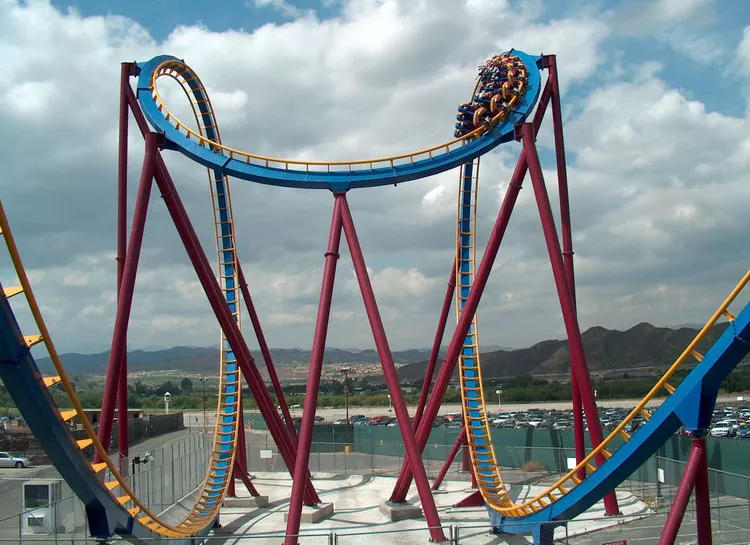Summary
The Safety of Roller Coasters
The amusement industry faces a unique marketing and image challenge. On one hand, it seeks to attract adrenaline junkies eager for the latest extreme thrill rides at theme parks. These parks prominently showcase their roller coasters as thrilling adventures, invoking excitement with names like “Flight of Fear,” “Scream,” “Mind Eraser,” and “Lethal Weapon.” Furthermore, amusement parks engage in an ongoing competition to outdo each other, constructing new rides branded as the fastest coasters or the tallest coasters to generate hype. It’s all about elevating heart rates and maximizing admissions.
However, the industry also aims to reassure park visitors that, despite the frightening names, extreme heights, high speeds, and dizzying maneuvers, thrill rides are actually quite safe. Is the perceived danger merely an illusion, or are there valid concerns? Just how safe are roller coasters and other thrill rides?
Whenever an incident occurs at a park, whether it leads to injury or not, it tends to garner significant media attention. This is partly due to the association of roller coaster incidents with our deepest fears, which, as the coasters’ ominous names suggest, are part of their allure. Given the fear factor, media coverage often sensationalizes park incidents, leading the public to believe that accidents at parks are widespread and that coasters are inherently dangerous. Yet, just like train and airline disasters, the sensationalism doesn’t align with reality.
Conclusion: Roller coasters and thrill rides at theme parks and amusement parks are remarkably safe. Despite their dangerous image, there is actually very little to fear when enjoying a roller coaster.
Amusement Parks Are Safer than Other Leisure Activities
The International Association of Amusement Parks and Attractions estimates that in 2017, approximately 369 million people visited 383 parks in the United States and Canada, undertaking about 1.7 billion rides. According to a report from the National Safety Council, the odds of suffering a serious injury in 2017 at a park were roughly 1 in 17 million. To put this into perspective, your chances of being struck by lightning are 1 in 775,000, and the likelihood of sustaining an injury in a car accident or while walking is even greater.
In fact, the most hazardous journey one will make during a visit to a theme park is the car ride to and from it. In 2015, the National Highway Traffic Safety Administration reported 37,133 fatalities on American roads. Here are some additional statistics that emphasize park safety:
- As per the National Sporting Goods Association, the injury rates for activities like golf, billiards, fishing, and camping surpass those of amusement rides. In 2013, there were 912 injuries per million people who roller skated and 799 injuries per million people who played basketball.
- While roller coaster heights and speeds continue to increase, the rates of acceleration and G-forces remain relatively constant and within tolerable levels, especially when compared to forces experienced by astronauts or fighter pilots.
- Studies have shown that being hit with a pillow or falling onto an exercise mat can produce much higher G-forces than riding a roller coaster.
These facts indicate that roller coasters are remarkably safe. Although the incidents that do occur are highly publicized, such concerns should not deter you from experiencing the thrill of a ride. With this newfound understanding of safety, you may feel inspired to plan your next theme park adventure. Whether you’re eager to experience the world’s fastest coasters or check off some classic rides from your bucket list, there’s a wealth of excitement awaiting you.





